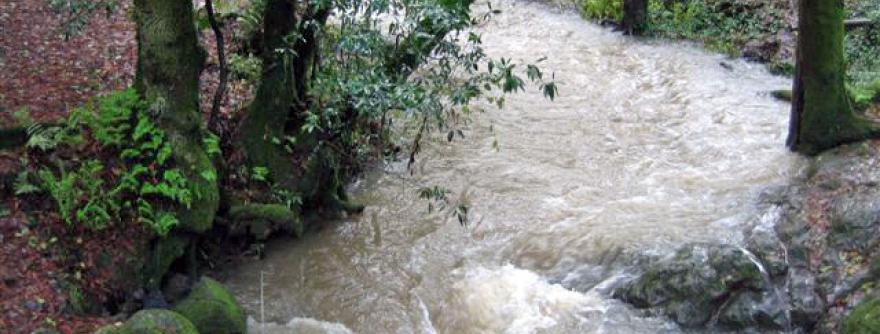-
Community
-
- Our Community About the Town of Ross Downtown Plan Town Events Community Calendar Town History
- Churches St. Anselm Catholic Church St. John's Episcopal Church Schools The Ross School The Branson School The Ross Preschool
- Organizations Age Friendly Ross The Jose Moya del Pino Library and Ross Historical Society Marin Art and Garden Center Ross Auxiliary Ross Property Owners' Association
-
-
Government
-
- Agendas and Minutes Council Committees Community Protection Committee Finance Committee General Government Committee Town Council Town Goals
- Departments Administration Building Finance Human Resources Planning Public Works Recreation
- Public Safety Police Department Ross Valley Fire Department Emergency Services Community Preparedness Fire Information Flood Information
-
-
Services
-
-
Business Licenses
Marin Humane Society Dog Licensing
Marin Wildfire Prevention Authority Permit Services Building Permits Encroachment Permits Commercial Filming Permit Special Events Permit Community Portal - Plan Review Services Police Home Security Checklist Form Police Vacation Check Form Ross Valley Fire Department Ross Valley Paramedic Authority
-
Business Licenses
-
- Resources
Prepare for Flooding
Flood Warning
The Town of Ross warns of potential flooding by: 1.) recorded emergency announcements sent to residents via telephone, through the Marin County Sheriff's Office Alert Marin system; 2.) air warning siren, activated simultaneously with our neighboring Towns of Fairfax and San Anselmo to alert all residents and merchants that flooding is imminent; and 3.) Town-wide email list.
When the air siren is sounded, residents and merchants are advised to proceed immediately to a higher floor or to higher ground and to stay away from the creek as it can be very dangerous. Residents should also stay tuned to local television and radio stations (KCBS AM 740) for the latest weather updates in your area.
A stream gage in Corte Madera Creek, behind the Ross fire station, provides real-time data on the level of the creek. Flooding is imminent in Ross when the Ross stream gage is at nineteen (19) feet.
- Flood Warning System information
- Frequently Asked Questions Guide for Flood Warning System
- Real Time Corte Madera Creek Gage (be sure to refresh your webpage to make sure you receive the most accurate creek water level.)
- Telephone Emergency Notification System (Alert Marin) Register your cell phone or VoIP (voice over internet protocol) phone and email address.
- Town Email Distribution List - click here to join
What to do before a flood
- Keep all insurance policies and a list of valuable items in a safe place. Take photos of home valuables and put on digital media.
- Keep your vehicle filled with gas
- Have an emergency kit, food and water available www.ready.gov and www.getreadymarin.org
- Learn to help in an emergency www.getreadymarin.org
- Listen to your radio or television for reports of flood danger
- Plan for evacuation including where you are going to go and the route you will follow
- Purchase flood insurance www.floodsmart.gov
- The Town provides sandbags free of charge to residents each winter. The self-serve sandbag station is located at the entrance to Natalie Coffin Greene Park. Bring a shovel to fill your bags.
What to do during a flood
- Do not try to walk or drive through flooded areas. Water can be deeper than it appears and water levels rise quickly. Follow official emergency evacuation routes. If your vehicle stalls in floodwater, get out quickly and move to higher ground.
- If your home is flooded, turn the electricity off until emergency officials tell you it is safe to turn them on. Do not pump the basement out until floodwater recedes. Avoid weakened floors, walls and rooftops.
- Stay away from moving water; moving water six inches deep can sweep you off your feet. Do not drive through a flooded area. Vehicles are easily swept away in just two feet of water.
- Stay away from disaster areas unless authorities ask for volunteers
- Stay away from downed power lines and electrical wires. The number two flood killer after drowning is electrocution. Electrical current can travel through water. Report downed power lines to PG&E.
- Wash your hands frequently with soap and clean water if you come in contact with floodwaters.
- Look before you step. After a flood, the ground and floors are covered with debris including glass and nails. Floors and stairs that have been covered with mud can be very slippery.
- Be alert for gas leaks. Use a flashlight to inspect for damage. Don’t smoke or use candles, lanterns, or open flames unless you know the gas has been turned off and the area has been ventilated.
What to do after a flood
- Discard all food that came in contact with floodwaters. Canned food is alright, but thoroughly wash the can before opening.
- Discard mattresses and stuffed furniture as they cannot be adequately cleaned.
- The Health Department (Division of Public Health Services) will let you know through radio and television if your water is not safe to drink. Until your water is safe, used clean bottled water.
- Open all doors and windows. Use fans if possible to air out the building.
- Wash all clothes and linens in hot water.
- Wash dirt and mud from walls, counters and hard surfaced floors with soap and water. Disinfect by wiping surfaces with a solution of one cup bleach per gallon of water.
Forms, Checklists, Guides, and Resources
- California Office of Emergency Services
- Emergency Preparedness Guide
- Emergency Supply Checklist
- Family Emergency Guide
- KCBS Radio
- Marin County Office of Emergency Services (OES)
- National Weather Service
- Ross Municipal Code Flood Damage Prevention
- Ross Valley Fire Department Disaster Preparedness
- ReadyMarin.org
- Ross Police Department

